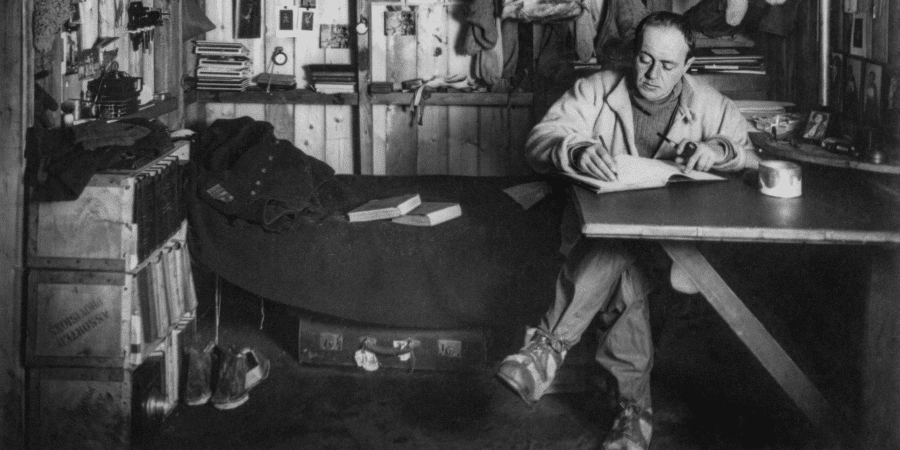In the realm of art, design, and architecture, minimalism has emerged as a powerful and influential movement, shaping the aesthetic landscape of the modern world. Characterized by simplicity, clarity, and restraint, minimalism has left an indelible mark on graphic design and architecture, influencing everything from logo design to skyscraper construction. Let’s delve into how minimalism has influenced these creative fields and transformed the way we perceive and interact with the built environment.
The Essence of Minimalism
At its core, minimalism is about paring down design elements to their essential forms, stripping away excess ornamentation and decoration to reveal the underlying essence of a concept or structure. In graphic design, this often translates to clean lines, simple shapes, and a limited color palette, creating visuals that are both visually striking and conceptually concise. Similarly, in architecture, minimalism is characterized by clean lines, open spaces, and an emphasis on functionality and efficiency. Buildings are designed with a focus on simplicity and clarity, eschewing unnecessary embellishments in favor of clean, uncluttered spaces.
Simplicity and Clarity in Graphic Design
Minimalism has had a profound impact on graphic design, shaping the way designers approach composition, typography, and branding. By emphasizing simplicity and clarity, minimalist design communicates messages with greater immediacy and impact, cutting through the clutter of modern life to convey essential information in a clear and concise manner. Minimalist logos, for example, are often highly recognizable and versatile, with simple geometric shapes and clean typography that make them easily identifiable across different contexts and platforms. Brands such as Apple, Nike, and Google have successfully employed minimalist design principles to create iconic and enduring visual identities that resonate with consumers around the world.
Functional and Elegant Architecture
In architecture, minimalism is synonymous with functionality, efficiency, and elegance. Minimalist buildings prioritize utility and user experience, with clean lines, open floor plans, and a focus on natural light and materials. Spaces are designed to be flexible and adaptable, capable of accommodating a variety of uses and activities without sacrificing aesthetic appeal. Minimalist architecture often blurs the boundaries between indoor and outdoor spaces, creating seamless transitions between the built environment and the surrounding landscape. Iconic examples of minimalist architecture include the works of architects such as Ludwig Mies van der Rohe, Tadao Ando, and John Pawson, whose designs exemplify the timeless beauty and understated sophistication of the minimalist aesthetic.
The Influence of Technology
The rise of digital technology has further accelerated the spread of minimalism in graphic design and architecture. With the advent of digital tools and software, designers and architects have greater control over form, function, and materials, allowing them to create sleek and streamlined designs that were previously impossible to achieve. Digital rendering and modeling tools enable architects to experiment with different design iterations and visualize concepts in three dimensions, while graphic designers can manipulate shapes, colors, and typography with precision and ease. The result is a new generation of minimalist designs that push the boundaries of what is possible, blurring the lines between the physical and digital worlds.
A Wide Impact
Minimalism has had a profound influence on modern graphic design and architecture, shaping the way we communicate, interact, and inhabit the built environment. By emphasizing simplicity, clarity, and functionality, minimalist design transcends cultural and temporal boundaries, appealing to our innate desire for beauty, order, and harmony. Whether in the sleek lines of a minimalist logo or the elegant simplicity of a minimalist building, the influence of minimalism is unmistakable, leaving an indelible mark on the visual landscape of the modern world. As we continue to embrace the principles of minimalism, we can look forward to a future defined by clean lines, uncluttered spaces, and timeless elegance.














